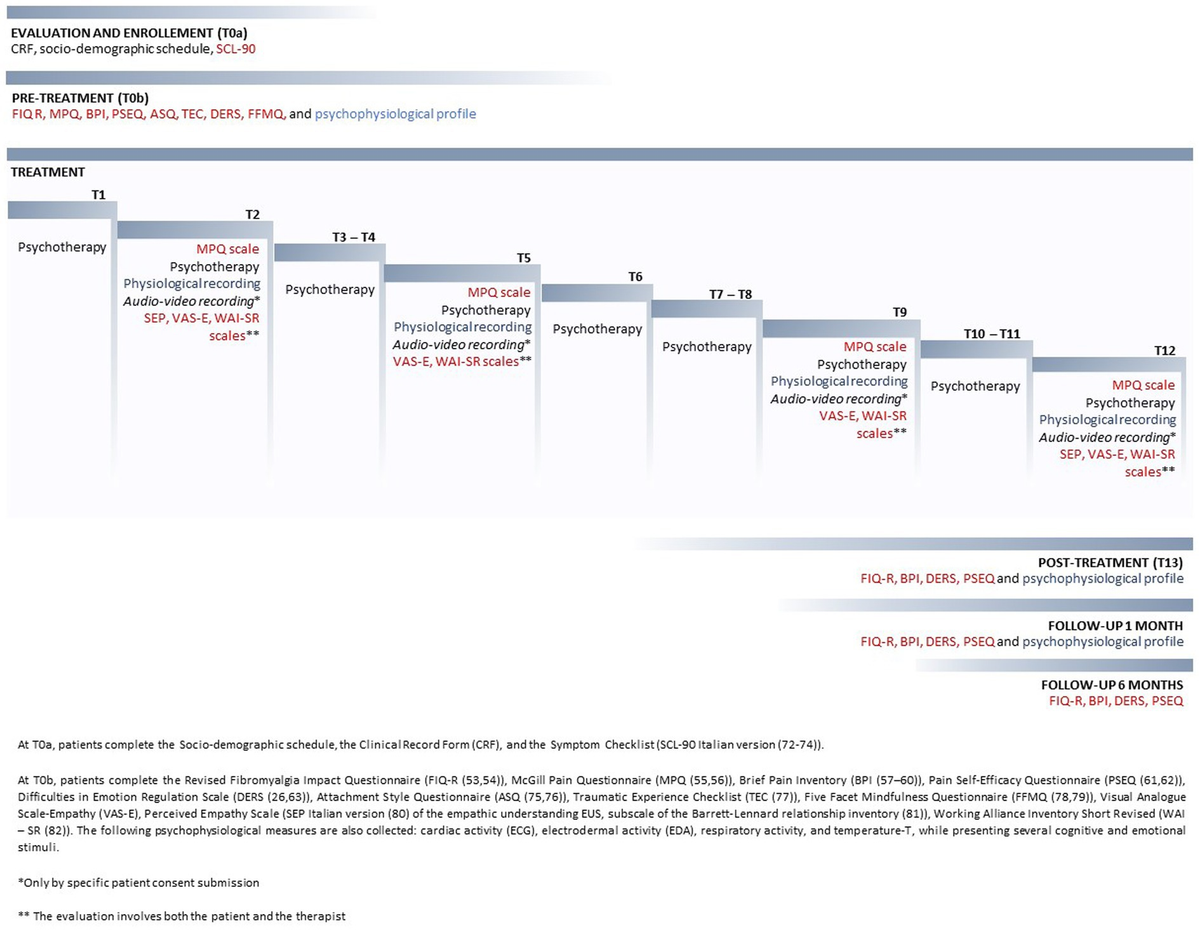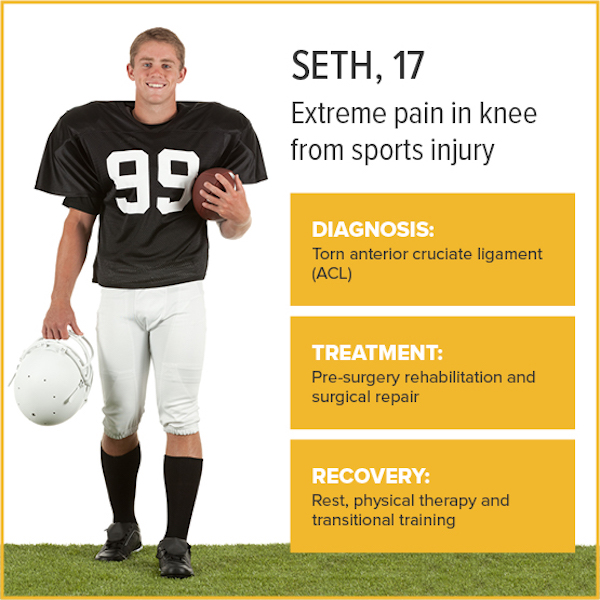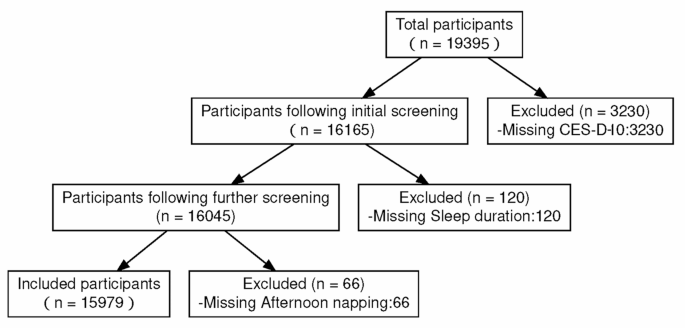
 A new survey indicates 80% of U.S. adults who saw a doctor of chiropractic found effective pain relief for their back or neck pain.
A new survey indicates 80% of U.S. adults who saw a doctor of chiropractic found effective pain relief for their back or neck pain.
More than four in five Americans (82%) have experienced back or neck pain in their lives; available treatment options to find effective pain relief range from prescribed pain relievers to drug-free methods, including chiropractic care. According to a new survey from the Foundation for Chiropractic Progress (F4CP), conducted online by The Harris Poll, most adults who experience back and neck pain opt for medications even with equally-effective drug-free methods available.
Survey findings
The annual F4CP poll, launched in October in conjunction with Global Chiropractic Health Month, found many patients may not be making the optimal choice for their care.
The American College of Physicians (ACP) recommends non-pharmacological treatments, including chiropractic, for low back pain instead of medication. Despite this, two-thirds (67%) of U.S. adults who have ever experienced back or neck pain have taken over-the-counter (56%) and/or prescription (30%) pain relievers to relieve their back and neck pain, according to the survey.
Close to a third (31%) of U.S. adults who have experienced back or neck pain saw a DC, with a large majority (80%) saying chiropractic treatment offered them effective pain relief.
Effective pain relief recommendations
Chiropractic care is one of four drug-free therapies recommended for acute low back pain by the ACP, with supportive studies from Optum Labs indicating chiropractic care was the most efficient first-line care, reducing costs and usage of both opioids and second- and third-line services.
“Care that is inconsistent with guidelines exposes patients to potentially harmful side effects and can result in spine pain becoming chronic. If you are one of the four in five Americans who have experienced back or neck pain in your life, you should consider seeing a chiropractor to find relief,” said Sherry McAllister, DC, president of F4CP. “Chiropractic is a safe and natural pain-relief method that offers greater, longer-lasting pain relief. Spine pain sufferers are encouraged to follow the ACP guidelines by seeking drug-free solutions for their care, like chiropractic.”


Nearly two in five (39%) adults experiencing back or neck pain visited a medical doctor or physician assistant for treatment. Among those who did, many were recommended prescription medication (52%) or over-the-counter medication (35%), while 68% were referred to another medical provider, including a DC (21%), licensed massage therapist (15%) or acupuncturist (7%). More than three in five (42%) were referred for imaging and 16% for surgery, adding potentially unnecessary costs for patients.
Among those who used each of the following methods to relieve their neck and back pain:
- 89% of those taking prescription pain relievers said this method was very/somewhat effective
- 81% of those taking over-the-counter pain relievers said this method was very/somewhat effective
- 81% of those who saw a medical doctor or physician assistant said this method was very/somewhat effective
- 80% of those who saw a DC said this method was very/somewhat effective.
For more information or to find a DC, visit f4cp.org/findadoctor.
Survey methodology
This survey was conducted online within the U.S. by The Harris Poll on behalf of the Foundation for Chiropractic Progress from Aug. 20-22, 2024, among 2,095 adults ages 18 and older, of whom 1,727 have ever experienced back or neck pain. The sampling precision of Harris online polls is measured by using a Bayesian credible interval. For this study, the sample data is accurate to within +/- 2.5 percentage points using a 95% confidence level. For complete survey methodology, including weighting variables and subgroup sample sizes, contact daniel.davis@finnpartners.com.
About the Foundation for Chiropractic Progress
The Foundation for Chiropractic Progress (F4CP) is an award-winning not-for-profit organization dedicated to educating the public about the benefits of chiropractic care. With 37,000 members, we work to build bridges with other healthcare professions and foster trust through peer-reviewed research, campaigns and industry platforms, all in the service of promoting a drug-free, noninvasive, sustainable approach to healthcare.












